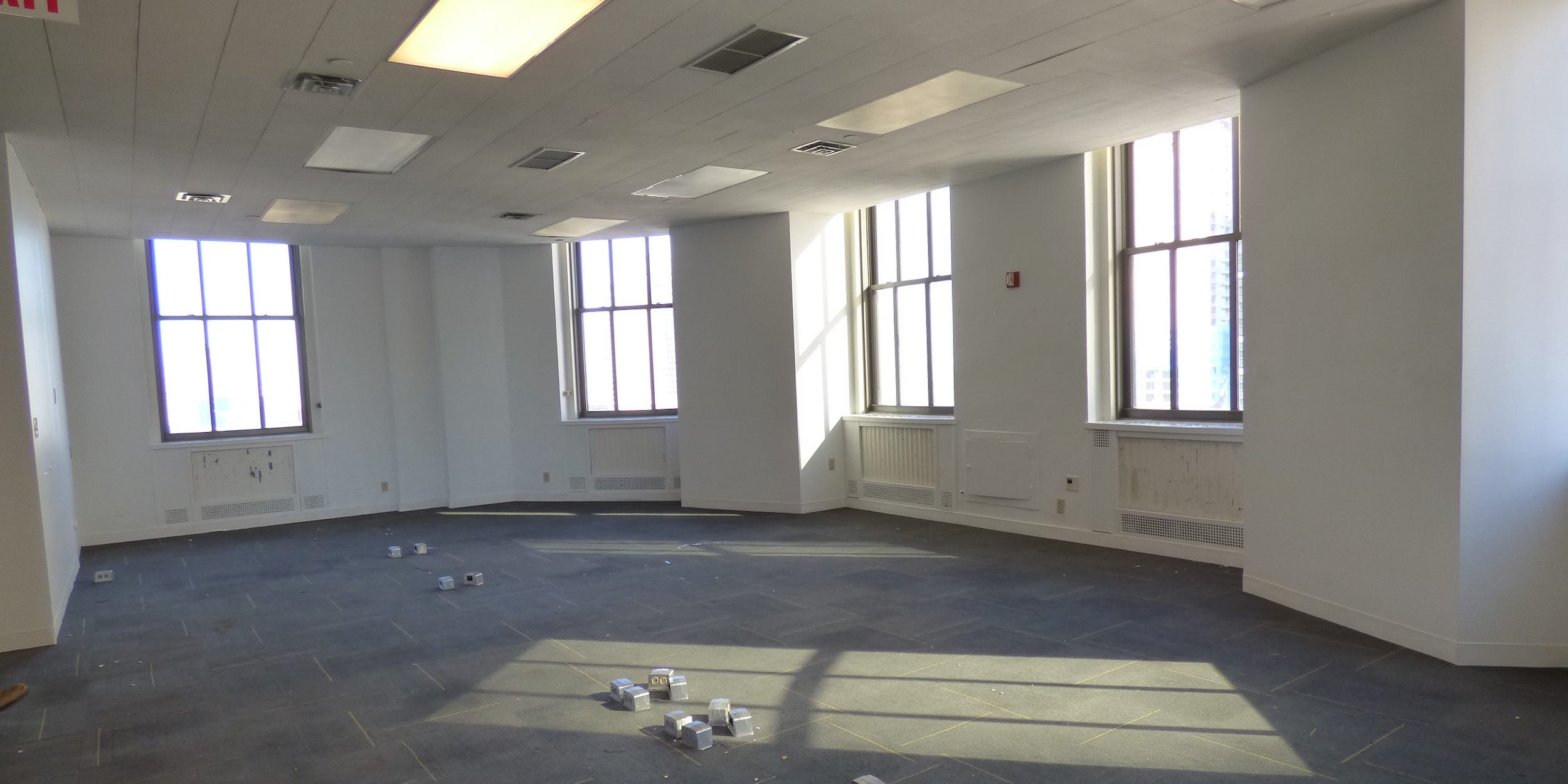As remote work remains popular, office buildings will become increasingly empty. Goldman Sachs estimated vacant office space will jump by 267 million square feet over the next decade and beyond. Office leases will see a big ramp-up in expirations starting in 2030, a note said. Loading Something is loading.
Thanks for signing up!
Access your favorite topics in a personalized feed while you’re on the go.
As remote work becomes more entrenched, property markets should gear up for plummeting office demand as leases expire over the next decade.
That’s according to a Goldman Sachs note, which found that the share of US workers who are at home has stabilized in the 20%-25% range, below pandemic peak of 47% but well above the pre-pandemic average of 2.6%.
As a result, the office space that’s actually being used is about half of pre-pandemic levels. So far, that has yet to translate to big declines in office space that’s rented out under a lease agreement. In the past three years, the occupancy rate has only dipped to 86% from 90%.
But that is about to change as the duration of commercial leases averages 4-7 years.
Goldman estimated that 17% of the office space under lease is due to expire by the end of 2024, with 11% expiring in 2025, and more than 35% after 2030.
Even after assuming that further rebalancing in the labor market will reduce companies’ incentives to offer work-from-home options, Goldman projected a big spike in office vacancy.
Goldman Sachs Global Investment Research The analysis estimated that lease expirations will pressure office vacancies up by 0.8 percentage points in 2024, 2.3 percentage points in 2025-2029, and 1.8 percentage points in 2030 and the years that follow.
That means vacant office space will jump by 267 million square feet over the next decade and beyond, according to Goldman. By comparison, 49 million square feet of new office construction was completed last year.
All that available space will reduce future investment in office structures by $6.4 billion in 2024 and $6 billion in the year after, the note said.
The forecast comes as some high-profile companies start taking a harder line on remote work. Through August, firms such as Meta and Goldman Sachs have issued strict return-to-office mandates with threats to track performance or even terminate employees who don’t turn up in the office often enough.
Even video-conferencing company Zoom, which is a key enabler of remote work, has asked some employees to come back to the office regularly.
